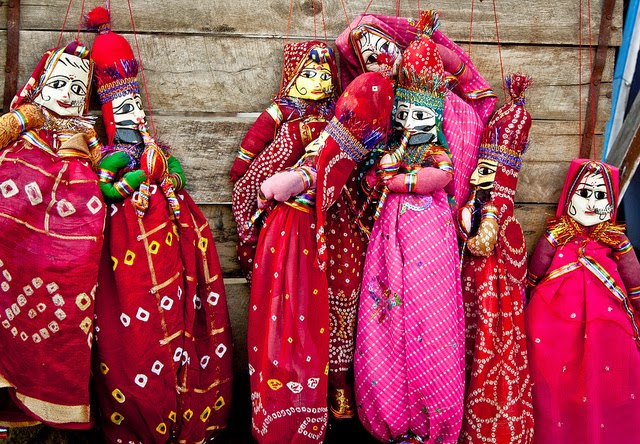“If this is coffee, please bring
me some tea; but if this is tea, please bring me some coffee.”
This is
an old quote that has often been attributed to Abraham Lincoln, although many
doubt its authenticity. Some consider it to be just an old joke where a
customer says this to the waiter on being served a questionable beverage.
However,
there is no danger of that happening in India India
The
Indian Tea Story began when the British converted large areas of land into tea
gardens with the purpose of breaking the Chinese monopoly on tea. However, it
was much later that tea achieved such cult status in India Assam ,
Darjeeling
Coffee in
India is concentrated in the
southern states, and this is probably due to the fact that coffee was
introduced first in Chikmaglur, by coffee beans brought by Baba Budan from Yemen India India
1. Masala Chai
Paired
with hot, spicy snacks, this is probably the most popular brew during the
rains! Masala Chai comprises of the ingredients for regular tea, but with the
important addition of spices. All kinds of spice combinations are used, though
the most common ones are cardamom, cinnamon, cloves, ginger and black pepper.
The spices are ground and stored in airtight containers to be used when
required. A cup of tea usually uses a teaspoon of tea leaves and ¼ teaspoon of
chai masala brewed in milk.
2. Filter Coffee
 |
| Source |
No visit
to a South Indian vegetarian restaurant is complete without a round of filter
coffees! The brew, served in a humble looking steel tumbler, can pack quite a
punch and a small quantity is enough to keep you going through the day. Arabica
or Robusta beans are ground, and placed in the top of the steel coffee filter
and then pressed down with a handled disc. This is then placed as is on the
bottom part of the coffee filter and boiling water is poured on top of the
disc. The filter is covered with a lid and left to brew the coffee which slowly
drips through the perforations in the filter. Adequate amounts of milk and
sugar are added and served in a steel tumbler placed inside a Davarah.
3. Sulaimani Chai
 |
| Source |
Like many
other things, the Sulaimani Chai of Malabar has Arab origins. Called ghava in
other places, this black tea has become a mainstay of Malabar weddings and Eid
feasts, usually following a heavy meal like biryani. Made newly popular by the
movie, “Ustad Hotel’, this is a very refreshing beverage. It is made by adding
slightly less tea leaves than for regular tea, combined with a few spices
(optional) and a squeeze of lime, resulting in a beautiful reddish color.
4. Chukku Kaapi
 |
| Source |
Many
traditional Indian recipes also have medicinal benefits and a good example of
this is chukku kaapi. Roughly translated as ‘Dry Ginger Coffee’, this is a very
common brew in Kerala, often served to people suffering from cough, cold, fever
and congestion. Chukku kaapi also uses spices like pepper, cumin and tulsi
leaves in addition to dry ginger, resulting in a brew that is so strong and
spicy, you can literally feel your illness going up in smoke!
5. Kahwa
 |
| Source |
You can’t
have a list of traditional Indian brews without mentioning Kahwa! This popular
Kashmiri breakfast tea is a beautiful aromatic beverage that has a high
position during feasts and celebrations. It is traditionally made in a large
brass kettle, called a Samovar. The tea is made of green tea leaves brewed with
saffron, cinnamon and cardamom and sweetened with sugar or honey. Occasionally
roses are also added to the brew and it is sometimes served with crushed nuts.
At the
end of the day, even if we have instant and ‘3-in-1’ coffees and teas, nothing
beats the flavor and warmth of a traditional filter kaapi or masala chai. This
coming winter, be sure to enjoy the weather with a steaming hot cuppa!
Don’t forget to buy authentic
Indian teas and spices from uIndia!











